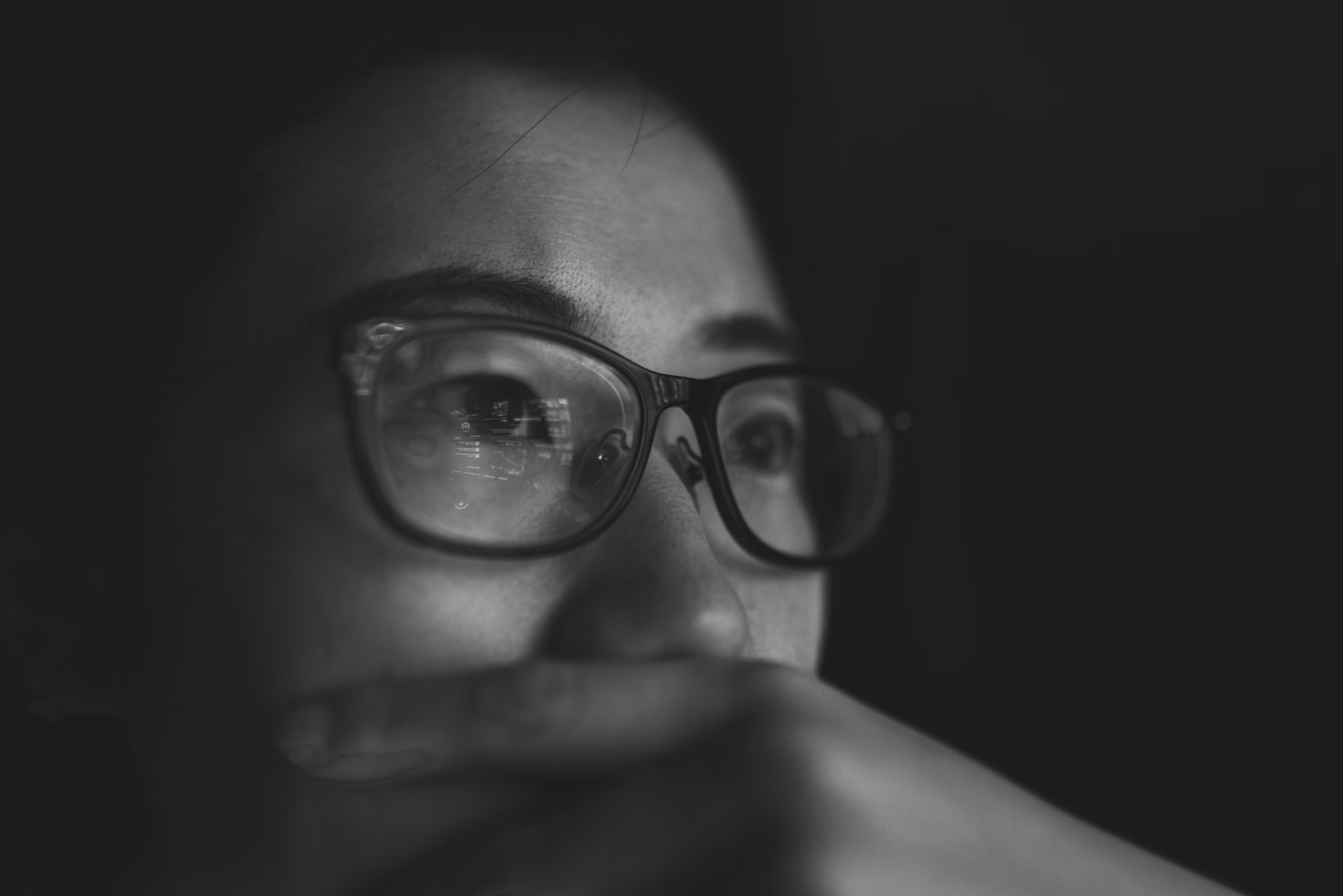More to Multicloud Than Meets the Eye: Lessons Learned at The Information’s Digital Summit
R

As we discussed our organizations’ cloud journeys, one of the themes that quickly emerged was around data having gravity. For organizations shifting to cloud, it is evident that a lot of the data generated at the edge or in data centers will continue to have a hybrid footprint. For born in the cloud players, the data generated in a particular cloud tends to stay there. This is driven by cost, complexity, and the particular use case that data is being used to drive. As a result, customers tell us that they need both visibility and ability to take action on data, no matter where it resides to properly monitor and secure their workloads. That means that they need tools designed to support distributed hybrid and multicloud environments, which is what most customers are going to have for the foreseeable future.
We also dove into the adoption of a multicloud strategy. One of the reasons cited for choosing multicloud is to increase resilience. For instance, infrastructure outages or security incidents in one cloud service provider can disrupt a digital customer experience, leading to lost revenues, customer dissatisfaction, and reputational risk. A multicloud strategy can maximize availability and reliability, while also allowing organizations to use best-of-breed services from each provider. The panelists agreed, however, that going multicloud adds complexity, and is therefore a decision that needs serious consideration. At the same time, as local laws and regulations continue to evolve, organizations will have to maintain flexibility not only to avoid lock-in, but also to stay nimble and not lose market access in certain countries or industry verticals based on any one cloud service provider’s availability and certifications.

To watch our full conversation, visit the on-demand replay hosted by The Information, and listen to our podcast series, “Cloud Happens. Now What?” for a deeper dive into cloud transformation by technology thought leaders.
Related Articles

Security Predictions 2026: What Agentic AI Means for the People Running the SOC

The Performance Playbook: Why Business Context Is the Key to Customer-Centric Visibility

MachineGPT, Agentic AI, and the New Foundation for Digital Resilience

MachineGPT: Speaking the Language of Machines to Shape the Future of AI

Powering and Protecting the AI Revolution: A New Era for Splunk and Cisco at .conf25

Machine Data: Fighting Fire With Fire for Digital Resilience

.conf25: Reinventing Digital Resilience for the Agentic Era

UK Needn’t Fear The Data Deluge
